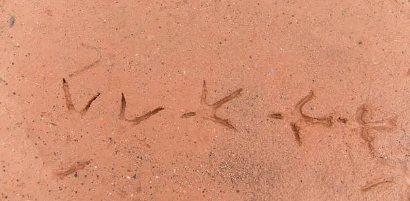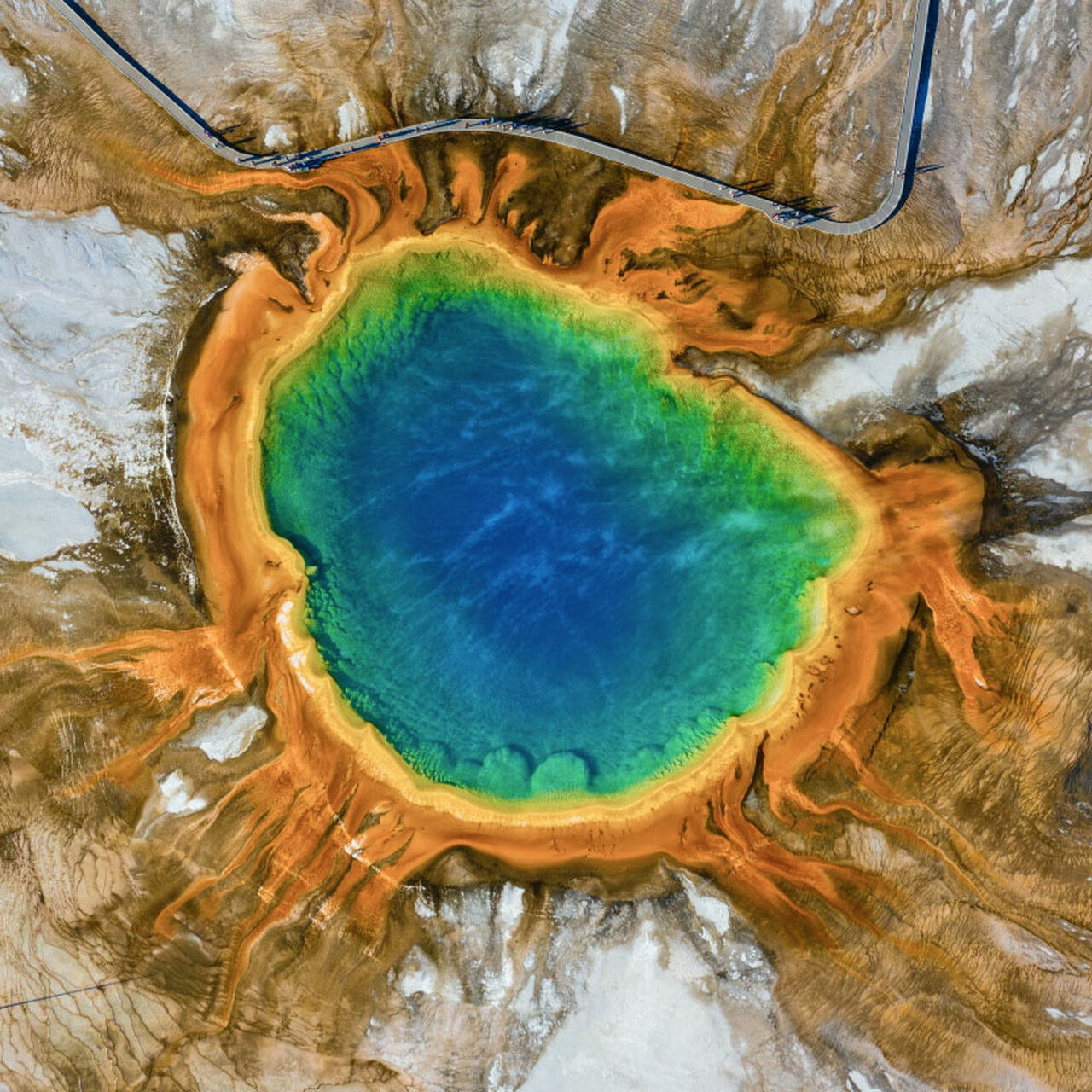 Warning
WarningCHOKING HAZARD: Balloons. Children under 8 years can choke or suffocate on underinflated or broken balloons. Adult supervision required. Keep uninflated balloons from children. Discard broken balloons at once.
CA Proposition 65: This product can expose you to Respirable crystalline silica, which is known to the State of California to cause cancer. For more information go to www.P65Warnings.ca.gov.
- Economy Shipping is $8.95 for most orders (some products are not eligible).
- FREE Economy Shipping on orders $100+ with code 100FREESHIP.
- Orders with 1-day or 2-day shipping placed by 1:00 pm MST ship the same day. All other orders typically ship the next business day.
- See Shipping Information for more details.
- Returns: Return unused products within 60 days. To get started, see our return policy.







 Answer: Your student should notice that some of the footprints are different sizes. They may associate this with adult and juvenile individuals, or that a single individual has large back feet and small front feet. To assist in their discovery, you can prompt by asking, “Are all the prints the same size?” Your student should also notice that the impressions are not of the same depth. This could mean that the footprints were made in a substrate that was uneven or soft, so the pressure of the organism moving was not evenly distributed as it moved. If this connection is not made, you can prompt them by asking, “Are all the prints the same depth in the ground or are some more shallow than others?”
Answer: Your student should notice that some of the footprints are different sizes. They may associate this with adult and juvenile individuals, or that a single individual has large back feet and small front feet. To assist in their discovery, you can prompt by asking, “Are all the prints the same size?” Your student should also notice that the impressions are not of the same depth. This could mean that the footprints were made in a substrate that was uneven or soft, so the pressure of the organism moving was not evenly distributed as it moved. If this connection is not made, you can prompt them by asking, “Are all the prints the same depth in the ground or are some more shallow than others?” Answer: Your student should know these are human footprints. They may comment that the footprints are moving in two directions, deciding that it is either two individuals walking in opposite directions or the same individual retreating. To help your student with this, you can prompt them by saying, “Are all the tracks moving in the same direction?” It may be noticed that one of the prints isn’t fully formed, only showing the impression of the toes. This could mean that the substrate wasn’t as soft at this point, therefore more difficult to make an impression, or that the individual may have quickened their pace, pressing off with their toes only, rather than their whole foot. If your student does not see this, you can point to the set of prints and prompt by asking, “What could have happened here?” or “What could this track tell us?”
Answer: Your student should know these are human footprints. They may comment that the footprints are moving in two directions, deciding that it is either two individuals walking in opposite directions or the same individual retreating. To help your student with this, you can prompt them by saying, “Are all the tracks moving in the same direction?” It may be noticed that one of the prints isn’t fully formed, only showing the impression of the toes. This could mean that the substrate wasn’t as soft at this point, therefore more difficult to make an impression, or that the individual may have quickened their pace, pressing off with their toes only, rather than their whole foot. If your student does not see this, you can point to the set of prints and prompt by asking, “What could have happened here?” or “What could this track tell us?” Answer: Your student should notice that the prints have four toes. To prompt them to this discovery, you can try this script:
Answer: Your student should notice that the prints have four toes. To prompt them to this discovery, you can try this script:
 Answer: Your student may think there are two sets of tracks in this image. One set of tracks looks like footprints, which the other is a drag mark. The drag mark is from the tail of an alligator. To prompt your student to make this discovery, you can ask, “What if both tracks came from the same organism? What would this drag mark be from?” They may also comment that the footprints are close at some points, while far apart at other points. They may think that the organism hops or jumps those distances. Your student may connect that the organism has a wide stance, therefore takes long steps forward making some tracks closer together. Encourage them to think of the ways that organisms move and how an organism’s stance can impact the way their tracks look. If you have an appropriate substrate in your neighborhood, take your student outside to test how their own prints look when they take a longer or shorter stance. To go further, encourage them to walk on their hands and feet.
Answer: Your student may think there are two sets of tracks in this image. One set of tracks looks like footprints, which the other is a drag mark. The drag mark is from the tail of an alligator. To prompt your student to make this discovery, you can ask, “What if both tracks came from the same organism? What would this drag mark be from?” They may also comment that the footprints are close at some points, while far apart at other points. They may think that the organism hops or jumps those distances. Your student may connect that the organism has a wide stance, therefore takes long steps forward making some tracks closer together. Encourage them to think of the ways that organisms move and how an organism’s stance can impact the way their tracks look. If you have an appropriate substrate in your neighborhood, take your student outside to test how their own prints look when they take a longer or shorter stance. To go further, encourage them to walk on their hands and feet.


